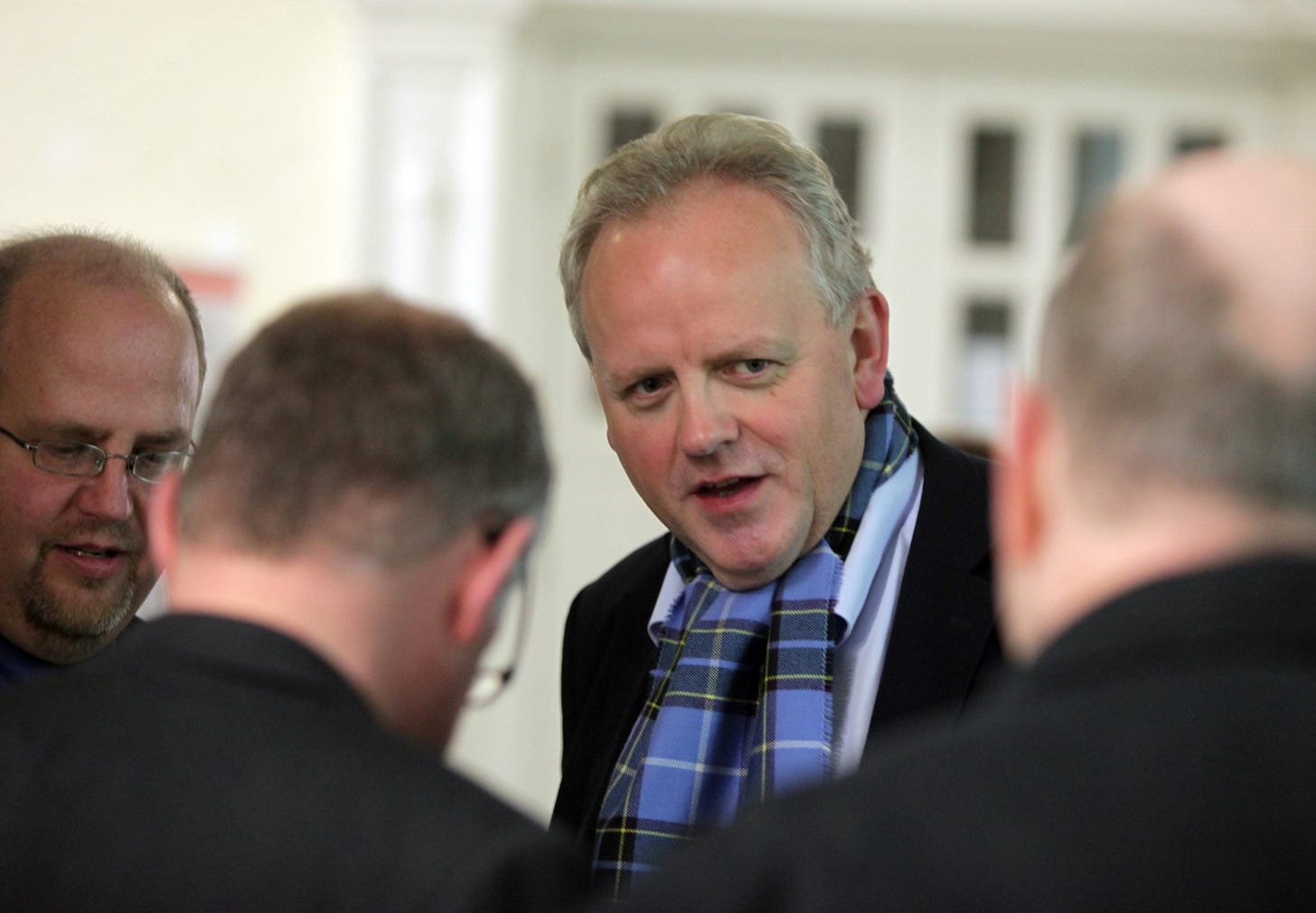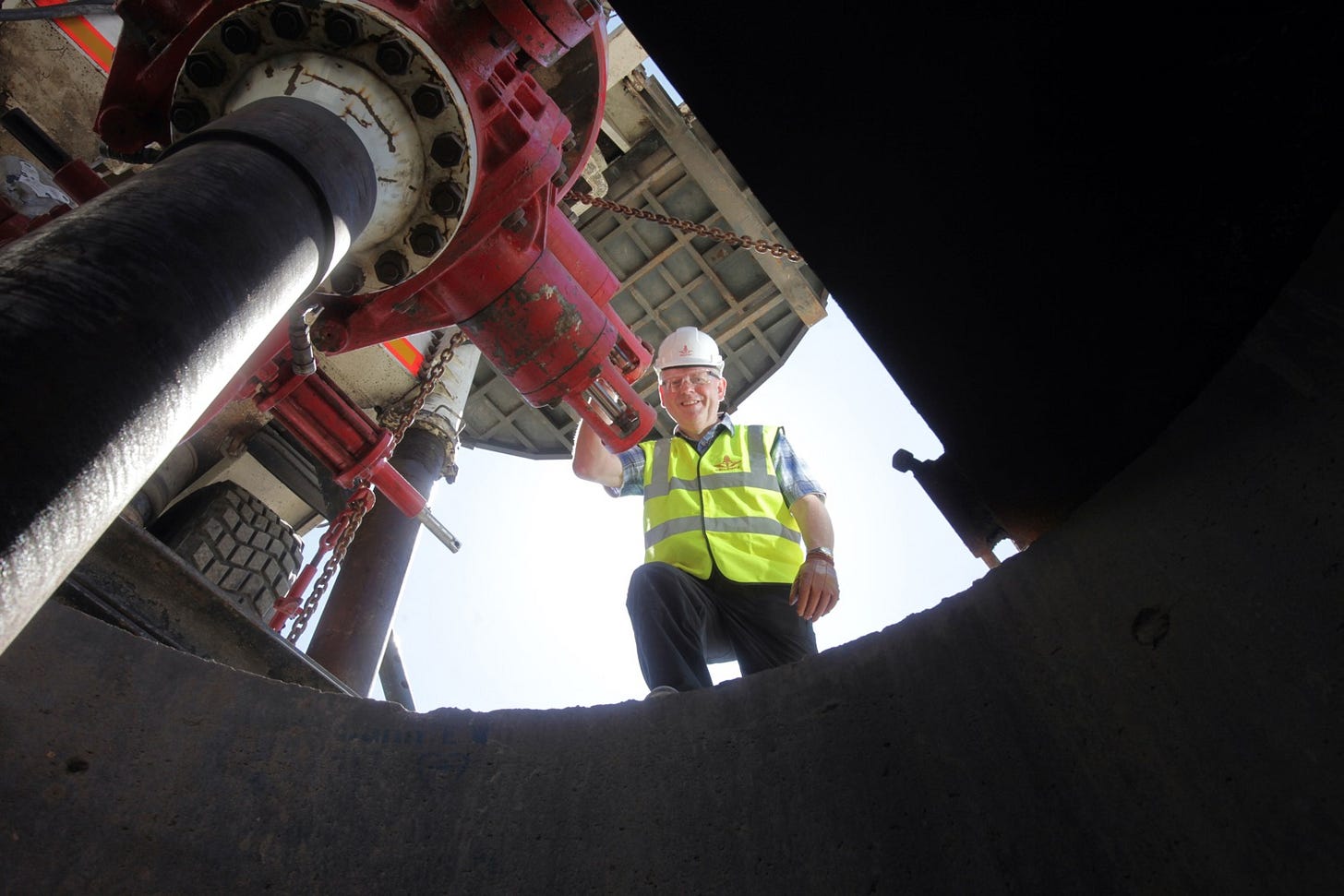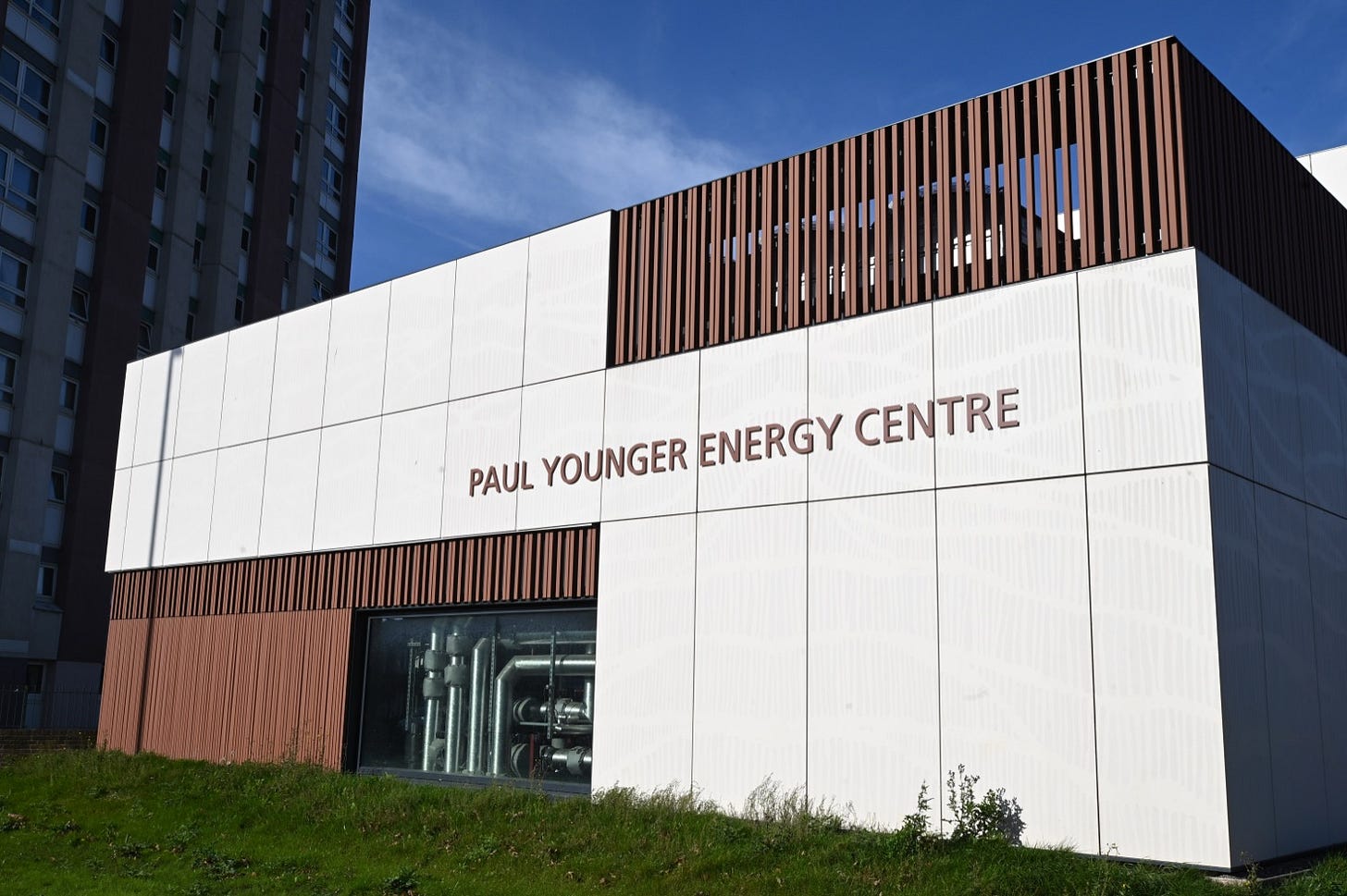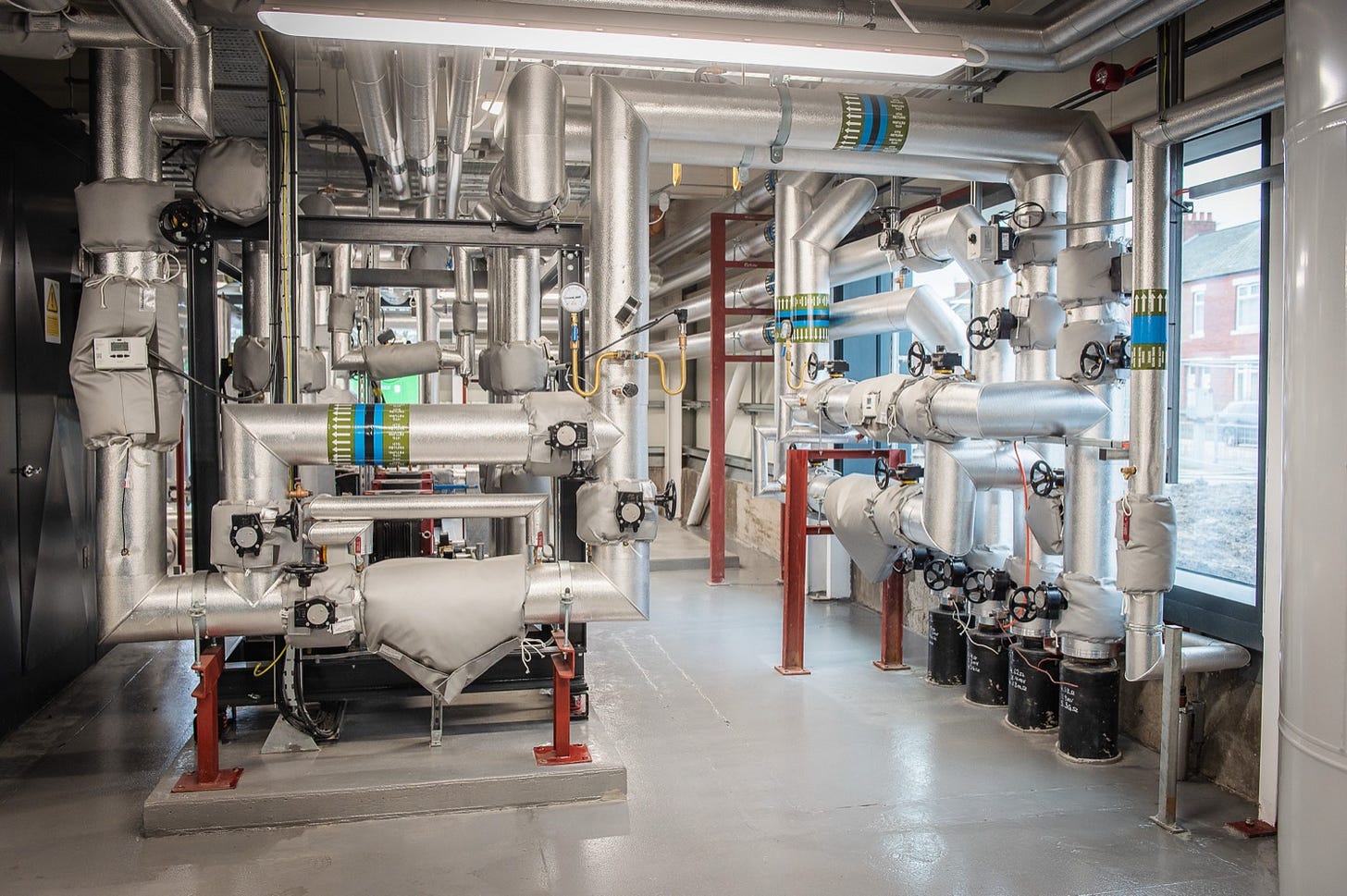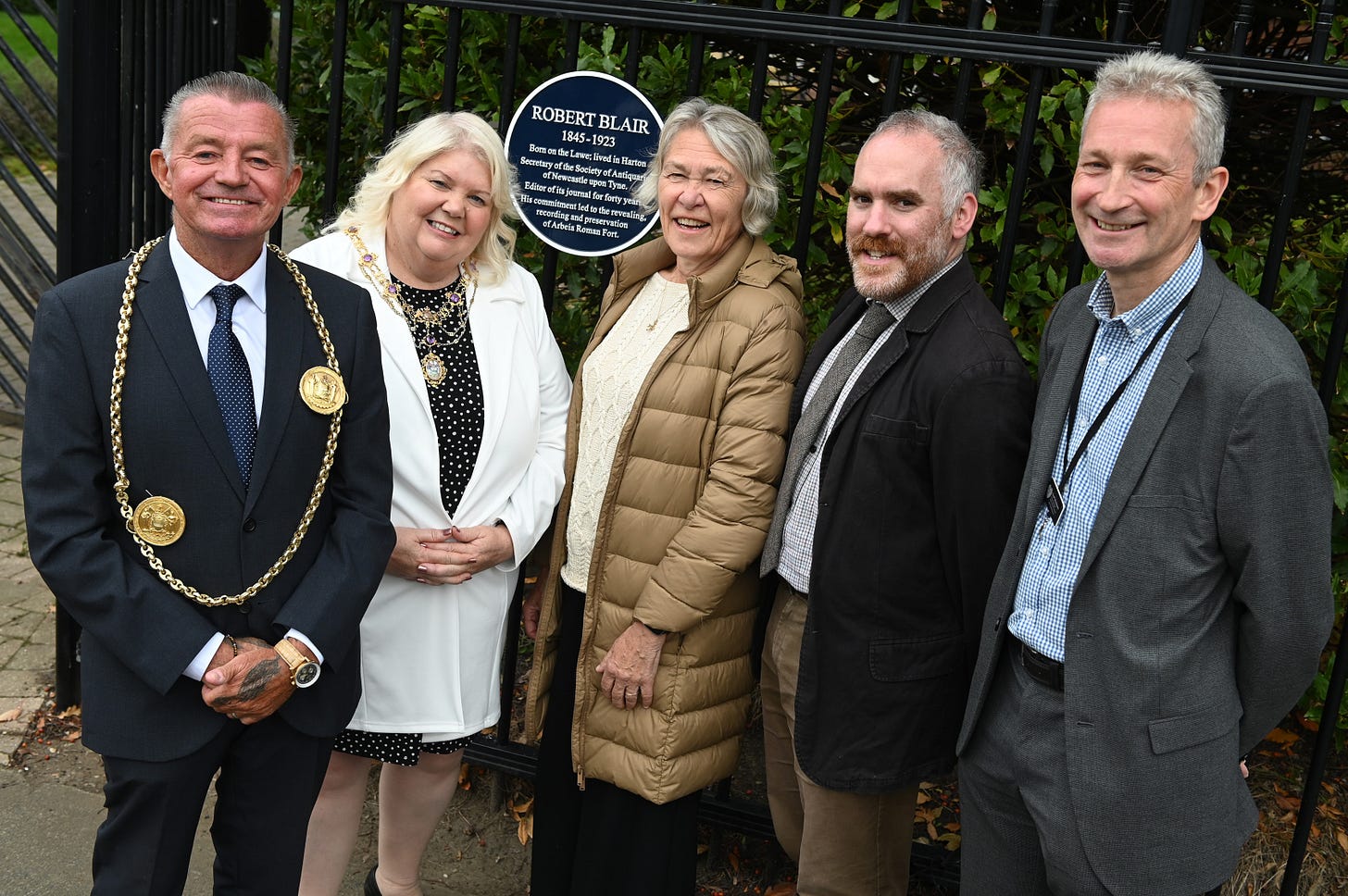Blue plaque honour for Tyneside scientist with global legacy
Honour for Tyneside scientist, musician and linguist with a worldwide reach.Tony Henderson reports.
A pioneering environmental scientist who won international recognition for his work has been honoured in the Tyneside town where he was born.
The late Prof Paul Younger, from Hebburn, was regarded as one of the world’s foremost experts in the remediation of pollution associated with mining and led the research team which won Newcastle University its first Queen’s Anniversary Prize for Higher Education in 2005.
Prof Younger, also an accomplished musician and linguist, was a driving force behind the bid to make Newcastle a City of Science and Technology and led the pioneering research to drill for geothermal energy in the heart of Newcastle.
Now a blue plaque has been unveiled by South Tyneside Council at the energy centre named after him, which opened in the centre of Hebburn a year ago.
It reads: “Paul Younger 1962–2018. Pioneering hydrogeologist, environmental engineer and writer. Internationally renowned for his expertise with mine water remediation and renewable energy.”
Professor Younger, who became Newcastle University’s former Pro-Vice-Chancellor for Engagement, died at the age of 55.
He was educated at St Joseph’s Grammar School in Hebburn, now St Joseph’s Catholic Academy, before going to Newcastle University to study geology, graduating with a first-class honours degree in 1984 and later completing a PhD.
He was appointed director of the Newcastle Institute for Research on Sustainability and was a major player on both the regional and global stage, being responsible for leading the university’s ‘Enough, for all, forever’ campaign.
This was set up in partnership with leading figures around the world to help tackle one of the greatest societal challenges of our age — that of sustainability.
He served as president of the Newcastle Mining Institute and established the Sir Joseph Swan Centre for Energy Research.
He went on to be appointed as the Rankine Chair of Engineering at Glasgow University.
The Paul Younger Centre in Hebburn uses air source heat pumps to provide renewable heating and hot water for the town centre.
The project originally intended to draw on geothermally heated warm water in flooded disused mine workings, but this method was found to be unworkable during the drilling phase due to the conditions deep underground, which could not have been foreseen.
Speaking at the official opening event of the centre, Paul’s son Dominic said: “The Paul Younger Centre stands as a beacon for the future. The innovative air source heat pumps, solar panels and combined heat and power unit represent the kind of solutions my father worked his entire life to develop.
“For someone who loved geology, energy and improving the environment, the centre is a fitting tribute to my father’s legacy. We hope that this centre will inspire future generations, just as Paul inspired all of us to imagine a better, more sustainable world. The technologies in play inside this building will help create a cleaner, greener future, just as he always believed we could.”
The scheme secured more than £4.8m in funding from the European Regional Development Fund and was developed in collaboration with the Coal Authority and Durham University.
The plaque was unveiled by Coun Tracey Dixon, leader of South Tyneside Council, who said: “It is a privilege to honour Professor Paul Younger. Paul was not only a distinguished scientist and educator, but also a cherished member of our community whose passion for sustainable solutions and commitment to inspiring others touched many lives.
“May this plaque stand as a lasting reminder of Paul’s extraordinary legacy, and encourage future generations to pursue knowledge, service, and care for the environment with the same dedication and heart that Paul showed throughout his life.”
The Hebburn ceremony (Monday, October 27) closely follows the installation of another blue plaque to historian Robert Blair at the Tyneside Roman fort which he was instrumental in saving 150 years ago.
It was unveiled at Arbeia Fort in South Shields, recognising Blair’s pivotal work in the excavation and preservation of what is now a major visitor attraction and a key part of the town’s heritage.
It was through the dedication and efforts of South Shields-born Blair that the fort site was excavated as housing development began in the area.
He served as secretary of the Society of Antiquaries of Newcastle upon Tyne and editor of its journal – a role he held for 40 years.
Blair travelled across the North East to document ancient artefacts and buildings, using his drawing skills to create precise records of his discoveries. His detailed notes and illustrations are preserved in the archives at Woodhorn in Northumberland and Durham University, with The Word in South Shields holding his work on the Roman fort excavation.
The plaque has been funded by local historian Jean Stokes, who said: “He was totally dedicated to recording and raising awareness of the historical treasures of the North East.”
Don O’Meara, president of the Society of Antiquaries, said: “The passion he had for the archaeological remains of his home town are to a large part why the fort at South Shields has been so extensively revealed and studied.”
Geoff Woodward, manager of Arbeia Roman Fort, said: “Robert Blair was instrumental in ensuring that Arbeia – a key archaeological site on the Hadrian’s Wall frontier – was excavated and preserved. The collection of artefacts recovered from Arbeia are amongst the best from any fort in Roman Britain.”


